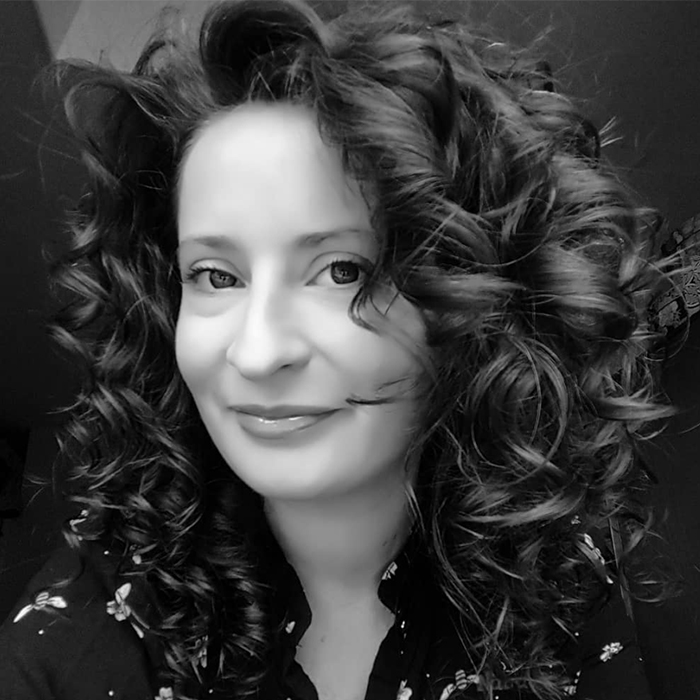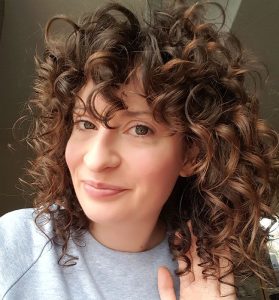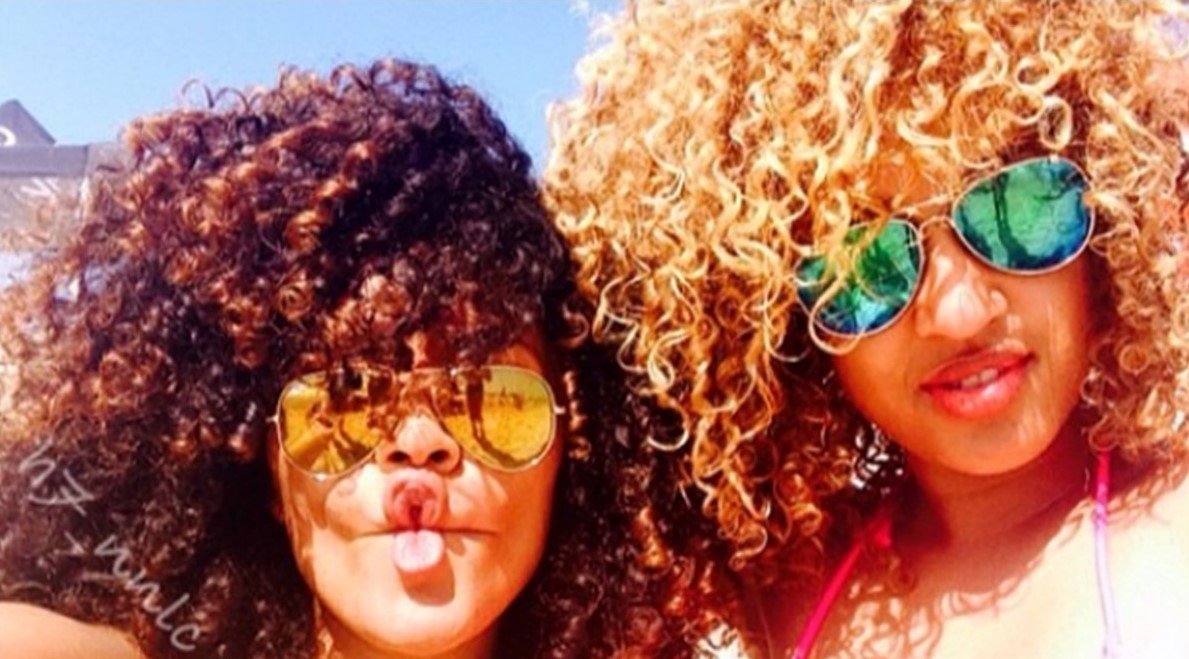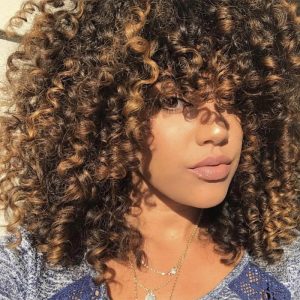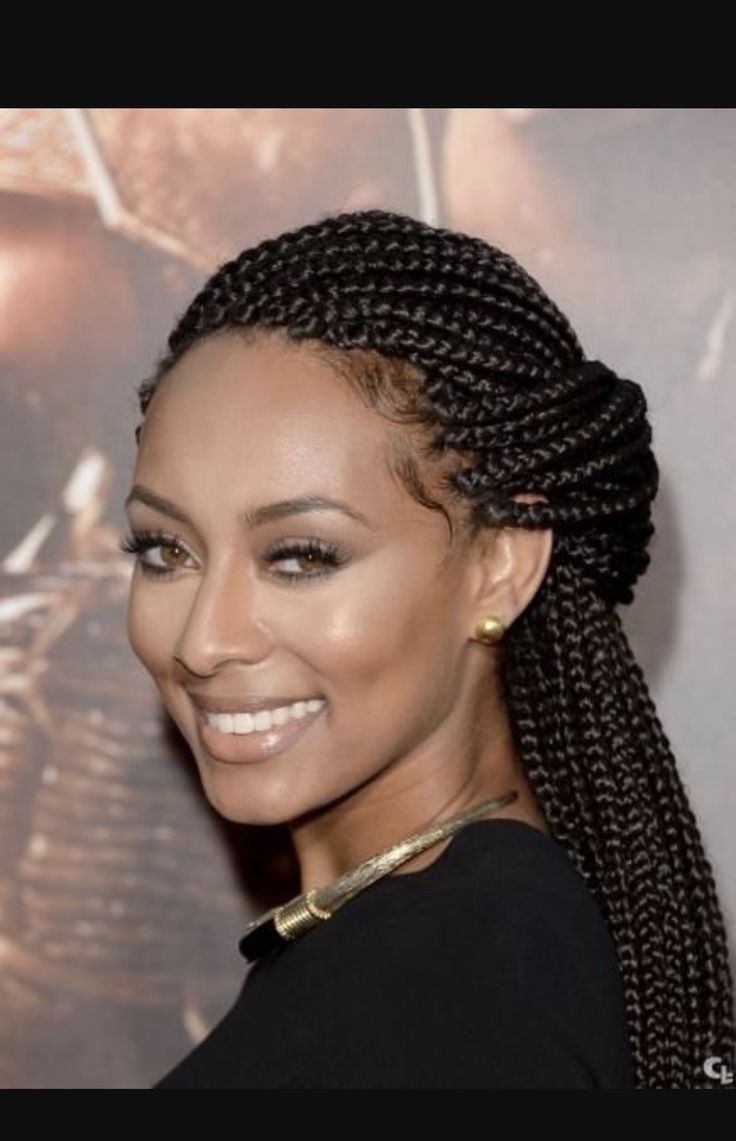How Elaine Gets Her Naturally Wavy Hair to Look Like This
This answer is easy as they had such a noticeable effect! The trick that has made the biggest difference is protecting my curls overnight with a silk scarf, as my hair has always been too fine for pineappling. Then I hydrate daily by spritzing my hair every morning with a mix of water and leave-in conditioner. Can you believe I actually used to avoid conditioning as I thought it weighed my curls down? But only because I had been using generic cosmetic conditioners that were laden with heavy silicones. Lush curls need hydration!
Another fave is nightly scalp massages. This has massively improved the health of my scalp, my issues with protein sensitive itching, hair growth, achieving 2nd, 3rd and 4th day curls and the benefits go on. I will never not do this now.
What piece of advice would you give to a curly who's just starting out in their journey?
My advice to those starting their journey, or restarting for the umpteenth time, would be to not get too caught up in others' routines, products and methods. It is so inspiring to follow other curly girls, and there is no doubt that you will gain valuable support and help from the amazing curl community, but everyone's curls are so unique and what works for others wont necessarily work for you! There are no wonder products to reverse damage, so take the time to nourish and care for your curls until they are healthy, learn what feels good, and what doesn't, pay attention to what ingredients feature in your fave products to help determine what to look for in others. Oh and take lots of selfies... any time you're having a bad hair day, or feeling frustrated, remind yourself just how far you have come, and I guarantee that pic from 3 months ago will help you realize that your curls are improving every day. Even on your worst curl day, there will be another girl 6 months behind you who dreams of getting to where you are now!
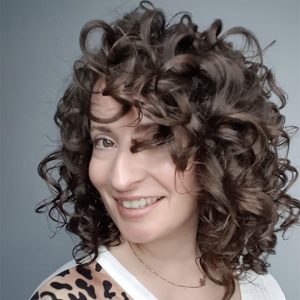
My advice to those starting their journey, or restarting for the umpteenth time, would be to not get too caught up in others' routines
6 Must-Know Tips For Softer Summer Curls
Dry, crunchy, crispy hair isn’t cute.
No one in the history of hair has gone on record raving about having luxurious, parched curls. I’m not talking about gel casts from styling products that you can easily scrunch out
with a dab of oil or serum–but inherently dry, dehydrated, borderline tumbleweed hair. Summer heat is notorious for parching our curls, here’s how to keep them soft all season.
1. Drink water
If you have chronically dry hair, your products may not be to blame. Do you drink enough water? One of the keys to healthy, soft and strong hair is keep it hydrated.
That starts from the inside out. If you have dry hair, ask
yourself how much water do I consume daily? The hair shaft is comprised of about 25% water, so drink up. Your hair, skin, and insides will thank you.
2. Pre-poo
When curly girls start cutting regimen corners, one of the first things to go is the pre-poo. A good pre-poo is essential to soft hair. They are meant to prime the hair for cleansing by softening,
strengthening, and easing the detangling process. They also prevent cleansing products from robbing the hair of critical moisture.
3. Shampoo (instead of co-wash)
You may be active or outside in the heat more during the summer, and cleansing becomes even more important for a clean hair and scalp. While co-washing is a great
alternative to always using shampoo, it doesn’t quite remove all the buildup and eventually, your hair will not respond the same way to the co-wash (due to buildup).
Additionally, shampooing makes your conditioner work more effectively. Generally, hair carries a slight negative charge that is enhanced by use of a shampoo with a negative charge. Conditioner has a positive charge, and we all know that opposites attract. The ingredients in regular and deep conditioners are designed to stick to the hair, smoothing the cuticle, and filling in the chipped areas. This functionality and improved softness is enhanced with the use of shampoo.
4. Deeply treat with steam
Steaming the hair gently lifts the cuticle and allows the warm water to penetrate the hair, hydrating it thoroughly. Hydrated hair is soft hair, and soft hair maintains a proper moisture balance provides optimal elasticity. Steam treatments can be done on wash days, mid-week to refresh curls, or while deep conditioning.
Here’s a hack for steaming hair for free (if you don’t have a handheld one): let your hair hang loose during your next shower. You may also spritz it with hot water and covering with a plastic cap and sitting under a dryer for indirect heat to enhance your deep conditioner properties.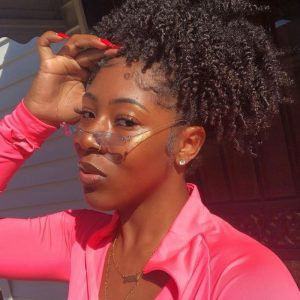
5. Deep condition more frequently
Do you deep condition every time you wash your hair? If you don’t, you should try it. It’s the single piece of advice that unites all naturals, regardless of regimen and hair type. Deep conditioning does a curly mane good, in terms of softness and moisture. Depending on your hair type and regimen, you may not need to deep condition every time, but do consider increasing the frequency if your hair starts to feel parched or brittle.
6. Layer with a leave-in
Whether you are using a daily conditioner or a product formulated specifically as a leave-in, having a product that is a water-based mixture of fatty alcohols, emollients, and humectants is the first line of defense in maintaining soft hair. Use a moisturizer to lock in the hydration from your leave-in and prime your hair for styling. If your hair responds well to pure oils and butter, seal your curls with an oil.
Repairing Thin Edges
When it comes to being natural, there are a few concerns most of us share. We need tips for detangling, moisturizing, and styling our hair. But there’s one thing some of us (me included) have just not gotten the hang of: Thinning edges.
I’m sure we all saw Naomi Campbell’s picture floating around the Internet, on some natural hair thread or at the bottom of a very long forwarding list.
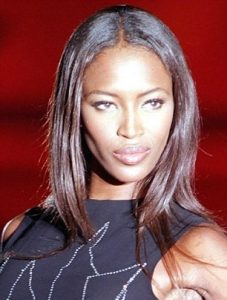
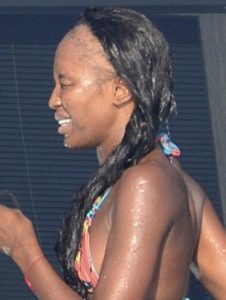
When we talk about thinning hair, we mean that the number of hairs on our head is decreasing. We are losing (or failing to grow) whole strands of hair. Hair loss is mostly a result of a damaged hair follicle. The follicle is a part of the skin/scalp that packs old cells together to form a strand of hair. It starts below the visible surface of the skin but sticks up a tiny bit (that’s why we get goosebumps).
And while hair loss can be a sign of a more serious problem or a result of medications (think: chemotherapy), the average person can work to correct thinning hair.
The follicle can be damaged by a number of things: chemicals from hair color, relaxers, and vitamin deficiencies. Constant tension on the hair can stress the follicle as well.
Learn what caused your thinning edges.
If it is in your control, STOP doing whatever it was that caused it altogether. Again, if it is a result of a more serious condition, consult your physician.
No matter the texture, everybody has some “baby hair”—the shorter, finer, wispier hair that frames our face…and sticks out of ponytails. But I think those of us with coily, or kinky hair experience thinning edges because of the wider variety of styling options we use. I really wanted kinky twists this summer, but I knew my edges couldn’t take it. The twists may have been cute … but a bald spot in the corner wouldn’t be. The type of thinning edges caused by hair styling is called mechanical or traction alopecia.
Healthy hair will flourish. So we must create and preserve healthy conditions.
The first thing to understand is that there is NO set “regimen” for growing your hair in general or edges in particular. No product, whether natural or man-made will cause the hair to safely grow faster. It is true, however, that certain ingredients allow the hair to grow better. All they do is create the best possible conditions for your hair to grow to it’s fullest potential.

Apply growth aids & DHT blockers directly to the hair or scalp!
Growth aids can include oils that you may already be familiar with: grape seed, castor, vatika, avocado, and henna amla oil. Natural growth aids like cinnamon and peppermint extract must be mixed with a carrier oil. They are so potent they may cause irritation, even after dilution so perform a patch test to avoid allergic reactions.
For hair thinning prevention and to reduce hair loss, you will need a DHT blocker. DHT, or Dihydrotestosterone, is a hormone produced by all human beings. When DHT binds to the hair follicle, hair thins and falls out. Since your goal is to reduce the likelihood of thinning edges and hair, you absolutely need DHT blocking treatments like Groganics Hair Growth Treatment to help to increase blood flow to your scalp, prevent breakage, and maintain follicle health.
As nourishing your body indirectly nourishes your hair, you can also apply certain ingredients directly to the scalp and hair. Products that promote a healthy hair and hair follicle either:
-
Keep the follicle clean, prevent clogged follicles
-
Stimulate the scalp
-
Seal in moisture, prevent breakage
-
Provide protein, fill gaps in the hair cuticle, give it strength
Try one or two of these oils and/or treatments in moderation. Start off slowly, changing maybe one or two things in your regimen, whether more exercise or doing monthly egg deep conditioning treatments.
NOTE: Too much protein can actually give the hair too much structure, and not enough moisture and flexibility. We’re looking for long-term results, not a quick fix.
It’s not uncommon to start looking for natural and/or organic products for your hair. After all, your natural curls are relatively new (especially if you Big Chopped). You haven’t developed any habits for your new hair, so it’s easier to begin forming healthier ones. And as the above tips show, trying to thicken your hair will most certainly cause a healthier body in the process.
Happy growing!

